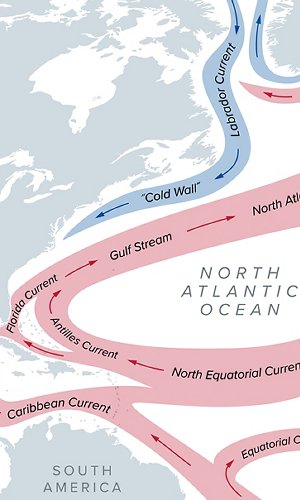As we enter the hottest part of summer, we increasingly hear talk of heat domes. But what exactly are they? Imagine putting a lid on a pot over a flame: the heat becomes trapped inside, causing the temperature to rise quickly. Similarly, a heat dome is a weather phenomenon that acts like a gigantic invisible “lid” over our atmosphere, trapping heat and leading to extreme, prolonged heatwaves. It’s not just an ordinary hot day but a specific event with well-defined characteristics. The formation of a heat dome is a fascinating — and somewhat worrying — process involving several atmospheric elements. It all begins with an area of high pressure that settles and remains over a vast region for days or even weeks. High-pressure zones are associated with fine weather, clear skies and a lack of clouds. With no clouds acting as a shield, sunlight hits the Earth’s surface directly, continuously heating it. Inside this high-pressure system, the air doesn’t rise; it sinks. This process is known as atmospheric subsidence. Think of air being pushed downwards: as it descends, it becomes compressed. And as we know, compressing a gas increases its temperature. It’s the same principle that makes a bicycle pump heat up when you inflate your tyres! This compressed, warmed air accumulates near the ground and is effectively “blocked” by the high pressure above. The high pressure acts like a barrier, preventing the heat from rising and dispersing into higher layers of the atmosphere or moving sideways. The heat, essentially, has nowhere to escape and keeps building up, causing temperatures to soar day after day. Often, the formation of a heat dome is linked to changes in the jet stream. The jet stream is like a fast-moving “river” of air flowing high in the atmosphere, guiding weather systems. When the jet stream becomes distorted or shifts unusually — for example, creating large “waves” or “loops” extending northwards — it can “trap” high pressure over a particular area, stopping it from moving and thus allowing a heat dome to persist. Heat domes are serious events and can have devastating impacts. When extreme, they bring exceptionally high — often record-breaking — temperatures that can last for days or weeks, as we’ve seen recently in various parts of the world. Prolonged heat is dangerous for human health, increasing the risk of heatstroke, dehydration, and worsening pre-existing health conditions, especially among older people, children and those with chronic illnesses. High temperatures also put stress on power grids due to increased use of air conditioning, can warp roads and railway lines, and disrupt transport. They can cause droughts, raise the risk of wildfires, stress wildlife, and damage crops. Finally, stagnant air trapped under a heat dome prevents the dispersion of air pollutants, leading to increased smog and worsening air quality. Understanding heat domes helps us prepare better and protect ourselves from their potential dangers.




